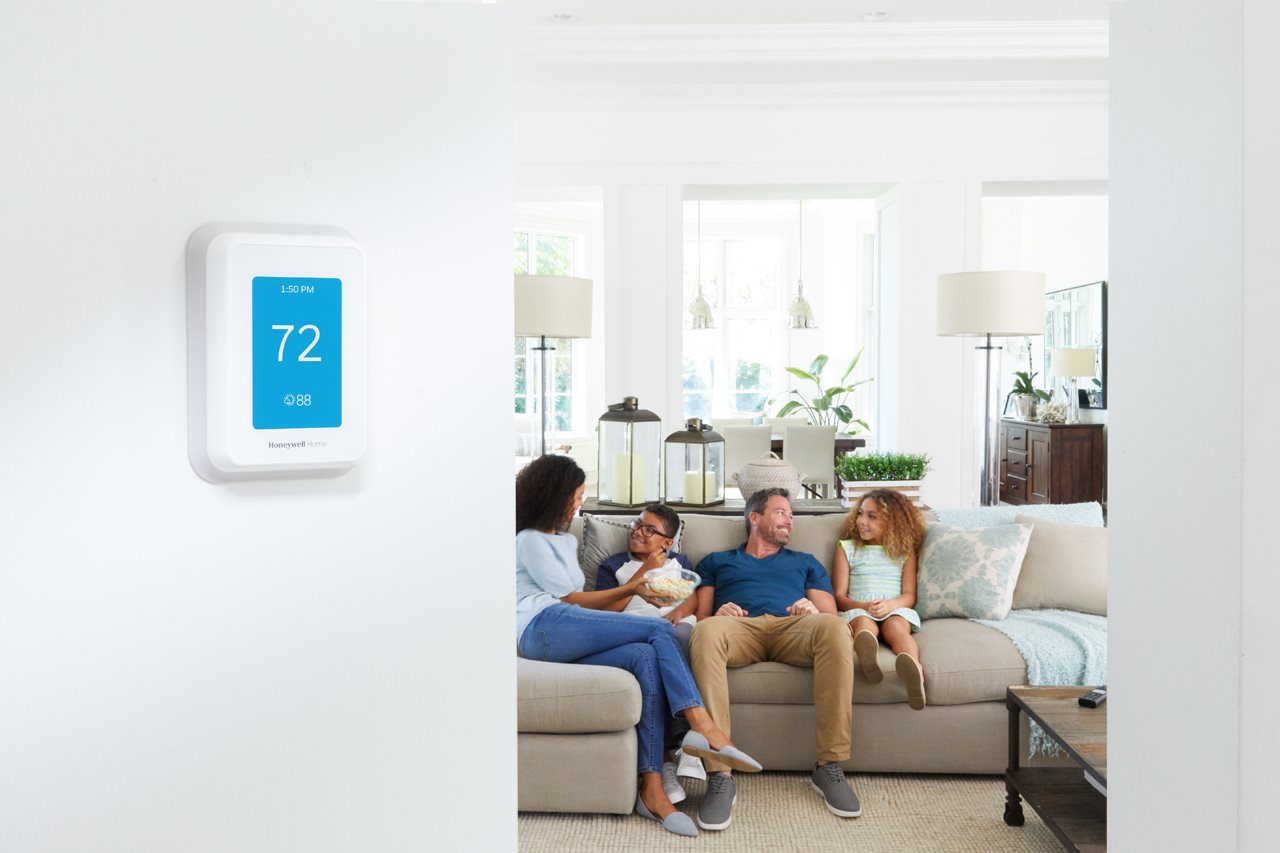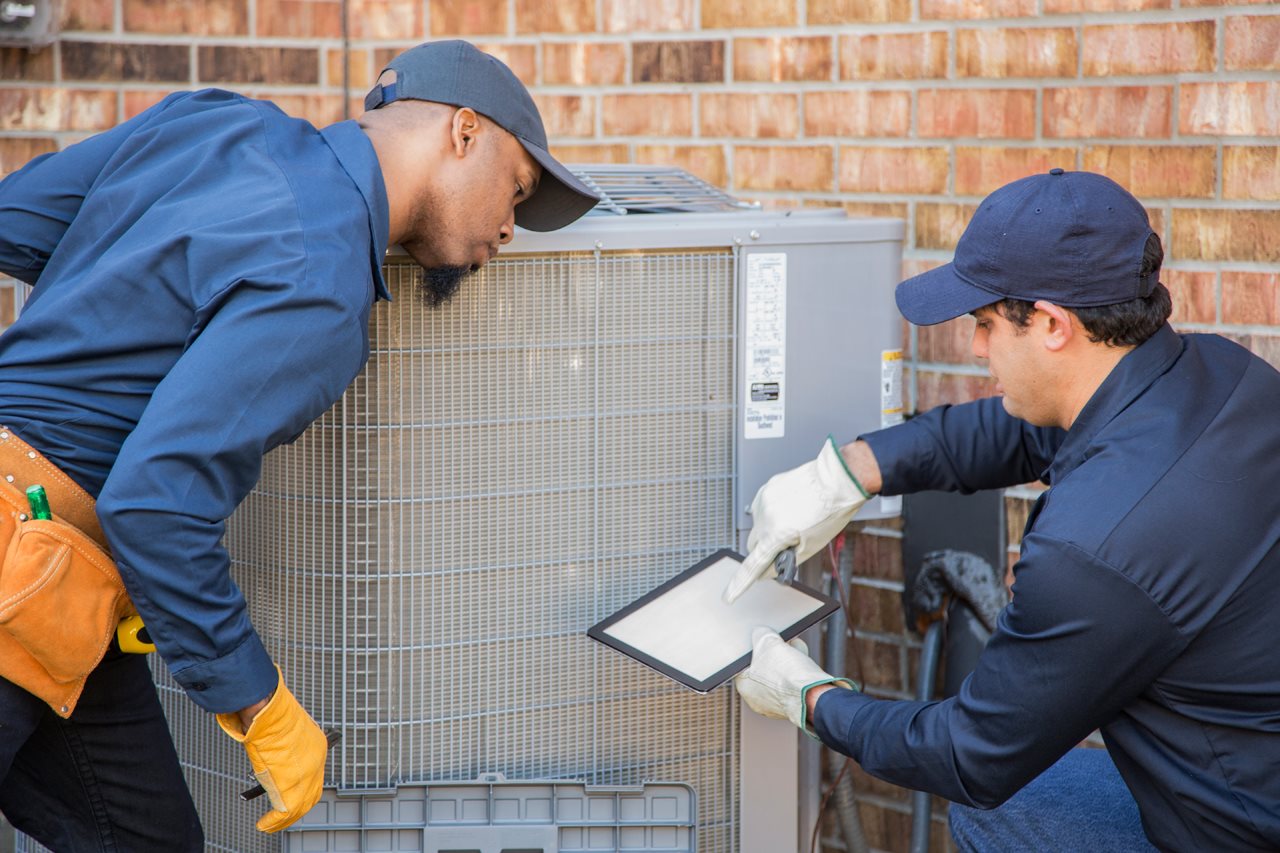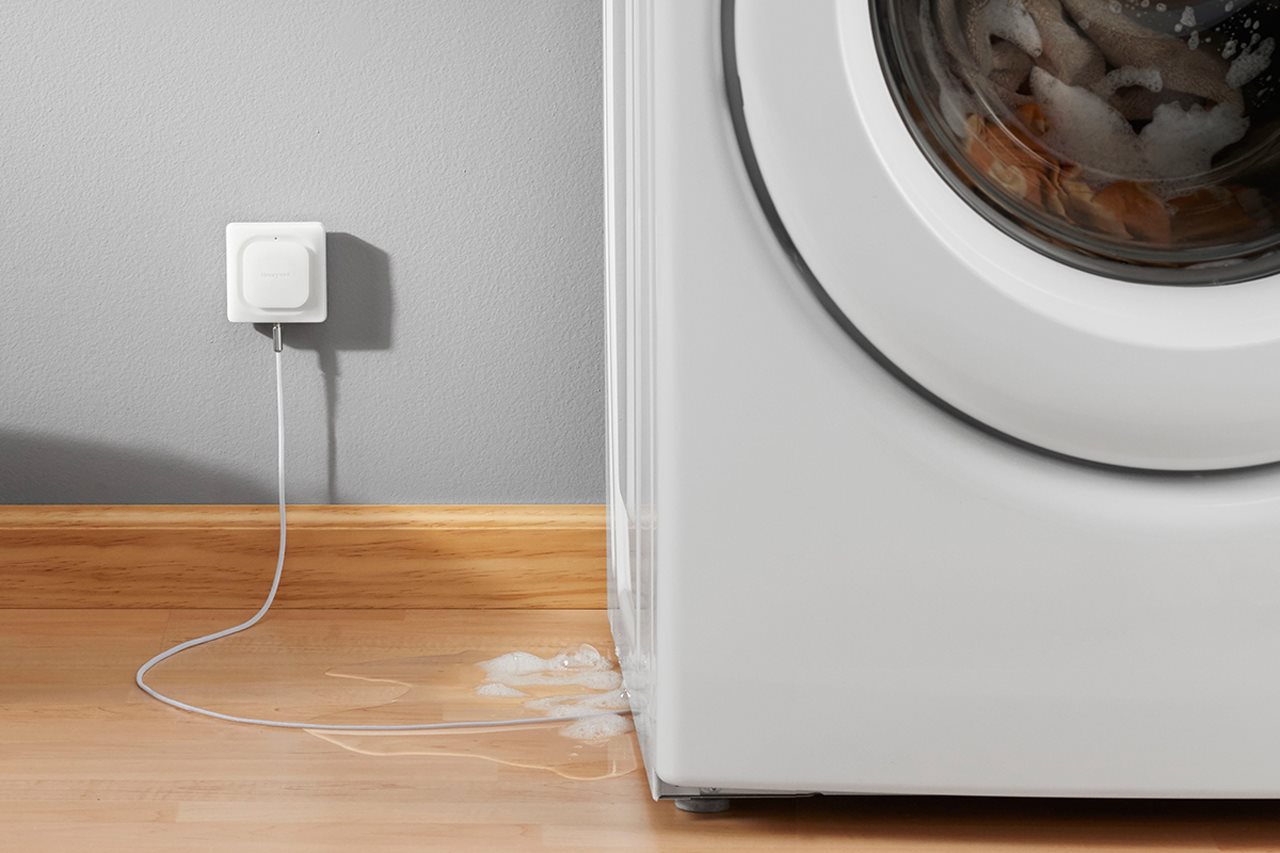2020-05-20T07:11:01
(BPT) – As routines shift, people often have to make behavioral changes to adapt to their new daily schedules, which can come with excuses. Whether it’s learning to cook healthy meals more frequently, adapting to outdoor exercise or adjusting a skincare regimen, people tend to make excuses as they learn these new behaviors. No matter how healthy your lifestyle habits are, there has likely been a time you’ve made an excuse for skipping the sunscreen, whether it be the cloudy weather outside or the promise to yourself that you’re only stepping out for a few minutes.
Regardless of the reasons why, a new survey conducted by CeraVe reveals that 75% of Americans can agree that their dermatologist would be unsatisfied with their sunscreen habits, so if you have a list of excuses for ignoring proper sun care, you are not alone. Even so, skipping sunscreen can have serious consequences down the road for your skin’s appearance and its health, so it is an excuse no one can afford to make.
“Applying sunscreen is one of the most important steps in a healthy lifestyle routine, regardless of what your day looks like,” says board-certified dermatologist Dr. Rachel Nazarian. “Whether you plan to spend a long summer day in your backyard or are working near a window, your skin is exposed to the sun’s rays, so it’s crucial to incorporate this step into your daily regimen.”
According to the Melanoma Research Alliance, over 90% of all skin cancer is caused by exposure to ultraviolet radiation from sun or indoor tanning devices, underscoring the crucial importance of using sunscreen and developing healthy habits to protect skin from the sun’s rays.
To debunk the most common excuses people make for avoiding sunscreen, Dr. Nazarian shares her insight into why it’s so important to stop making excuses and how to overcome them so you can start protecting your skin.
Excuse #1: “It’s cloudy outside.”
Sunscreen isn’t just for sunny days and summertime. In fact, the sun’s UVA and UVB rays come through clouds, so sunscreen is crucial regardless of the weather or the season. UVA rays are often referred to as “aging” rays because they are responsible for damage like premature aging and wrinkles, as well as the development of skin cancer, while UVB rays are called “burning” rays for their immediate signs of damage.
Still, many people do not think their skin will be damaged from the sun. In fact, 39% of Americans say they do not apply sunscreen because their skin does not burn or that based on their natural complexion, they do not need to apply. However, since both UVA and UVB rays can cause damage, sun protection is necessary. Dr. Nazarian recommends using a broad-spectrum sunscreen, which protects skin from both UVA and UVB rays, and applying daily no matter what the weather looks like.
Excuse #2: “I won’t be outside for too long.”
Many people only think about sunscreen when they plan to be in the sun for an extended amount of time, so they overlook the damage that can be done in just a quick walk around the neighborhood or while stepping out for a quick run to the grocery store. One-quarter of people admit that they will skip sun protection if they are only running errands and another 26% say that if they do not go into the sun, they don’t need to apply sunscreen. The reality is any time spent outdoors without protection can really add up.
“Every moment counts,” says Nazarian. “Sun damage is cumulative, so even if you get just one minute a day of unprotected exposure, this will still add up to hours of radiation damage.”
Excuse #3: “I’m staying indoors today.”
Even if you plan to spend the day inside, skin can still be at risk. Not only do UVA and UVB rays penetrate through clouds, but UVA rays can also penetrate glass, which means skin is susceptible to sun damage when indoors. Most of the sun’s rays are actually UVA, which penetrate skin the deepest.
Yet, more than one-quarter of Americans say they are least likely to apply sunscreen while working indoors next to a window or while driving. Dr. Nazarian recommends including sunscreen in your morning routine so that your skin is protected before you start your day whether it be working or hitting the road.
Excuse #4: “I don’t like how sunscreen looks (or feels) on my skin.”
Many blame their past experience with sunscreen as an excuse for lack of regular use, with the survey finding that 55% of people do not like the feeling of sunscreen on their skin or the sticky feeling it leaves behind afterward.
Nazarian explains, “Applying sunscreen is a personal, lifelong commitment and if you are going to use it every day, you need to find a product that feels cosmetically elegant and blends naturally with your skin so that you enjoy using it daily.”
Dr. Nazarian recommends using a non-greasy, hydrating formula suitable for sensitive skin, like CeraVe Hydrating Sunscreen Sheer Tint SPF 30, which is a 100% mineral, broad-spectrum sunscreen that protects against both UVA and UVB rays. The lightweight formula features a sheer tint that blends seamlessly into all skin tones, helping to offset the typical whitening effect associated with mineral sunscreens, while hydrating and leaving skin with a healthy glow.
She also recommends looking for a sunscreen with beneficial skincare ingredients to help streamline a skincare routine. The CeraVe Sheer Tint face lotion is formulated with three essential ceramides to help restore the skin barrier and hyaluronic acid to attract and retain moisture, as well as niacinamide to help calm skin irritation, making it a perfect addition to a morning routine.
Excuse #5: “I don’t have time to reapply it.”
For sunscreen to remain effective, it needs to be reapplied at least every two hours, or after water exposure or sweating, which can cause the formula to rub off and hinder its ability to protect skin. To ensure all-day protection, Nazarian recommends applying sunscreen 30 minutes before direct sun exposure and reapplying every two hours. That means that even if you are not spending the day in the park or by a pool, reapplication is still a must. Yet, people still find a variety of reasons to skip reapplication, like the 28% of people who say they don’t want to mess up their makeup. A tinted, noncomedogenic sunscreen makes reapplication even easier, as it helps to blend into makeup throughout the day without clogging pores.
Healthy skin starts with proper protection every day, no matter what, so no more excuses.















